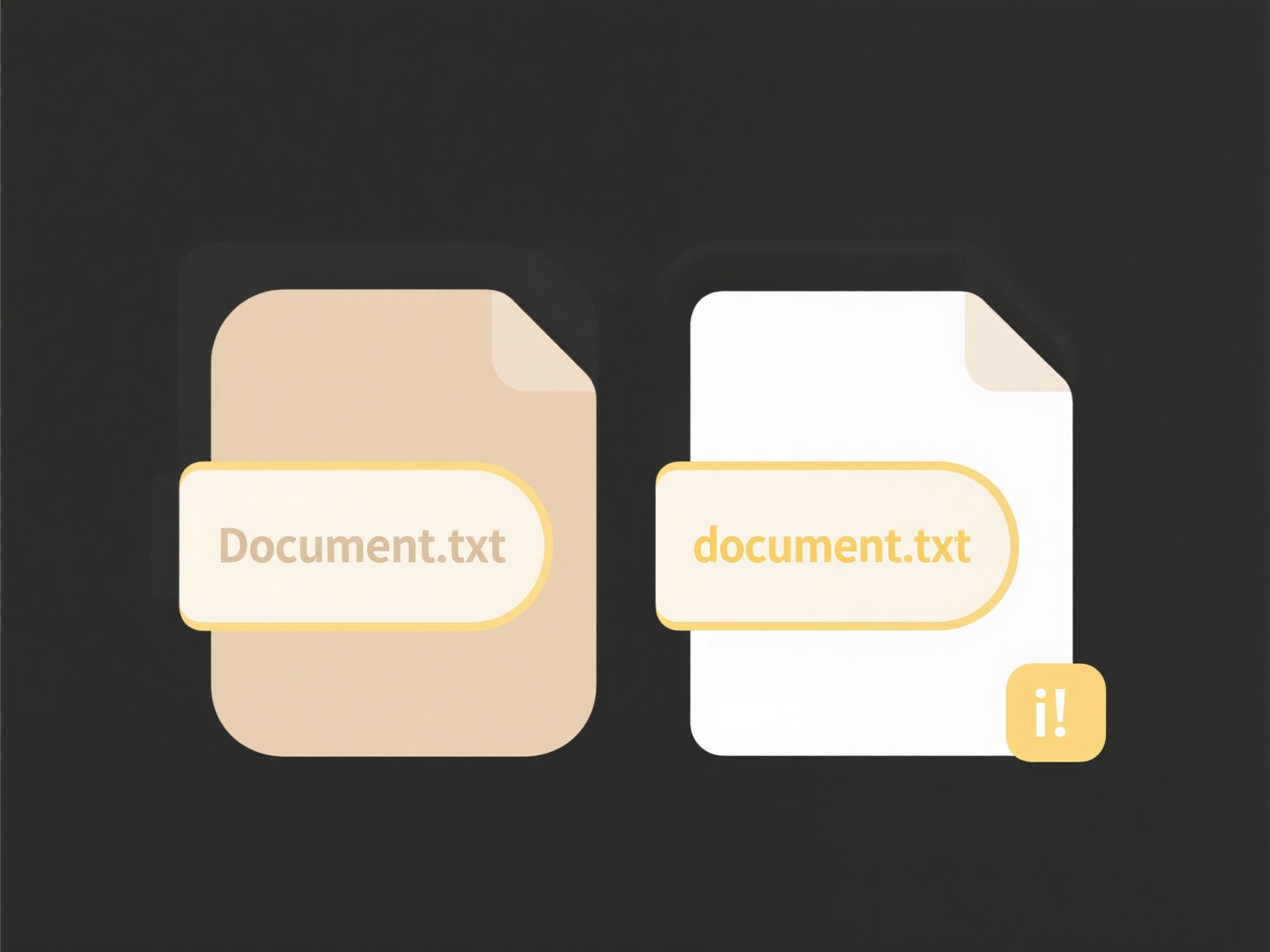
Locating files modified by others involves checking the file's last modified date and time, along with the identity of the last editor if available. This differs from finding your own recent files, as it requires examining detailed metadata and potentially accessing system logs or shared platform activity records. Permissions are crucial; you need appropriate access rights to view both the files and their metadata.
For example, on a shared network drive using Windows File Explorer, you can enable the 'Last modified' column and sort files by that date/time, often revealing the editor's username. Within collaborative platforms like Google Drive or Microsoft SharePoint, built-in 'Activity' or 'Version History' features explicitly show who edited a file and when, along with the changes made, directly within the platform interface.

This ability greatly enhances team transparency and accountability on collaborative projects, aiding in tracking progress and resolving conflicts. However, limitations exist: reliable identification depends on accurate timestamps and logged user data, which might require specific IT configurations. Critically, organizations must balance workflow transparency with user privacy considerations and establish clear policies regarding activity monitoring to ensure ethical implementation and trust.
How do I find files recently edited by someone else?
Locating files modified by others involves checking the file's last modified date and time, along with the identity of the last editor if available. This differs from finding your own recent files, as it requires examining detailed metadata and potentially accessing system logs or shared platform activity records. Permissions are crucial; you need appropriate access rights to view both the files and their metadata.
For example, on a shared network drive using Windows File Explorer, you can enable the 'Last modified' column and sort files by that date/time, often revealing the editor's username. Within collaborative platforms like Google Drive or Microsoft SharePoint, built-in 'Activity' or 'Version History' features explicitly show who edited a file and when, along with the changes made, directly within the platform interface.

This ability greatly enhances team transparency and accountability on collaborative projects, aiding in tracking progress and resolving conflicts. However, limitations exist: reliable identification depends on accurate timestamps and logged user data, which might require specific IT configurations. Critically, organizations must balance workflow transparency with user privacy considerations and establish clear policies regarding activity monitoring to ensure ethical implementation and trust.
Quick Article Links
How do I open proprietary music or DJ software files?
Proprietary music or DJ software files are project formats created by specific programs, like Ableton Live (.als), FL St...
Why am I getting a “Permission denied” error when saving?
A "Permission denied" error occurs when your operating system prevents you from writing or modifying a file in a specifi...
How do I prevent virus risk in shared files?
Preventing virus risks in shared files involves stopping malicious software (malware) from being introduced or spreading...